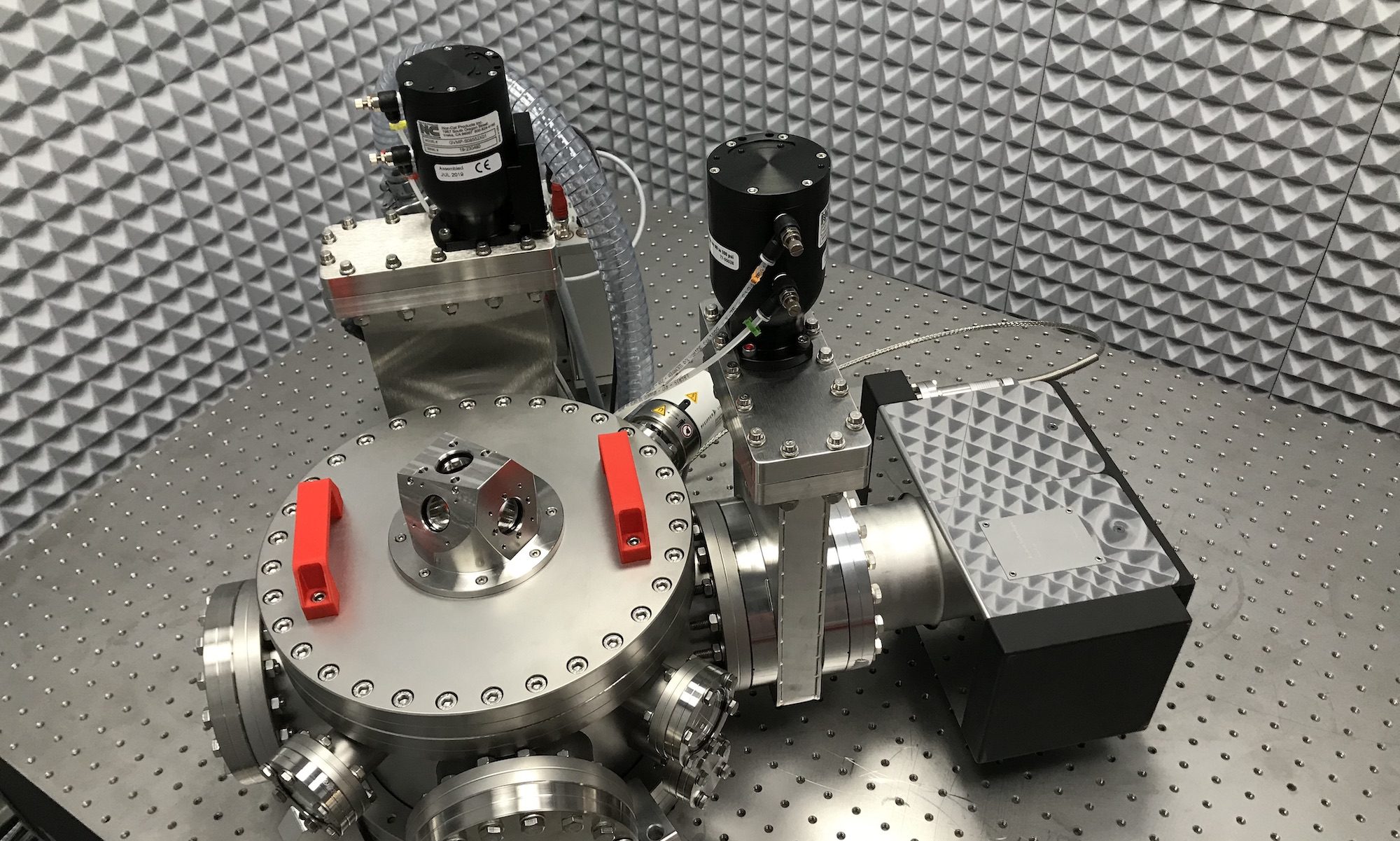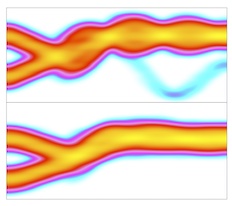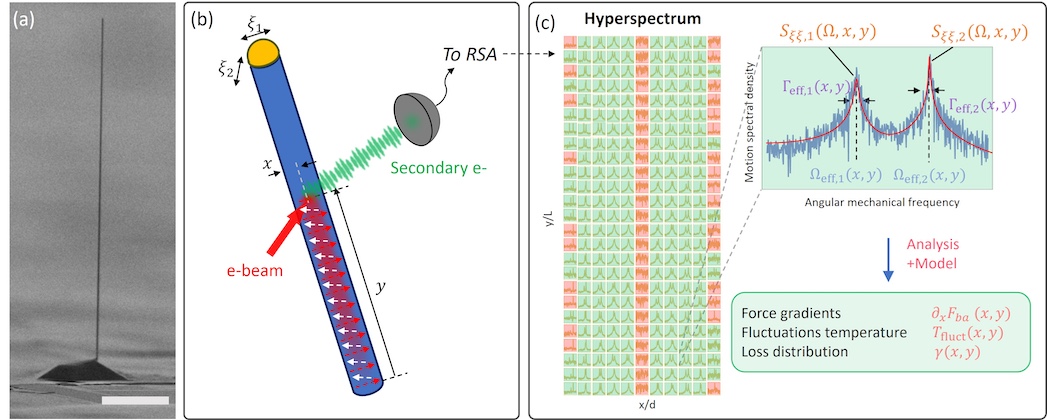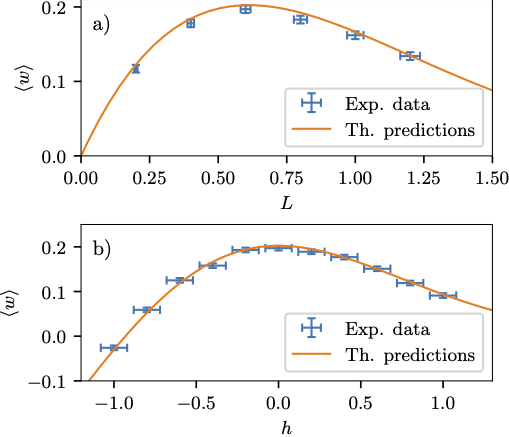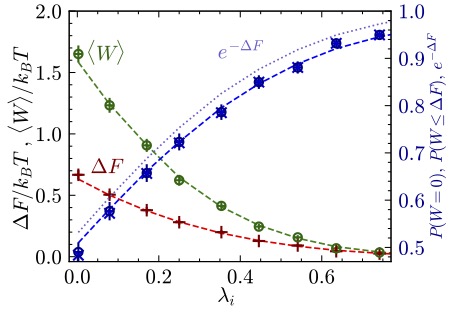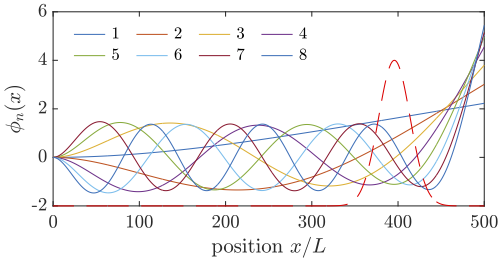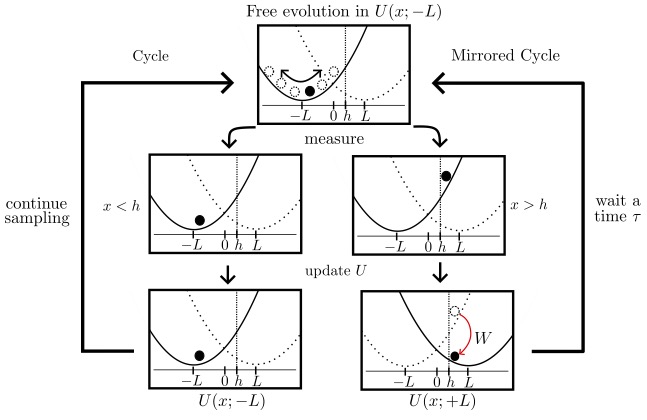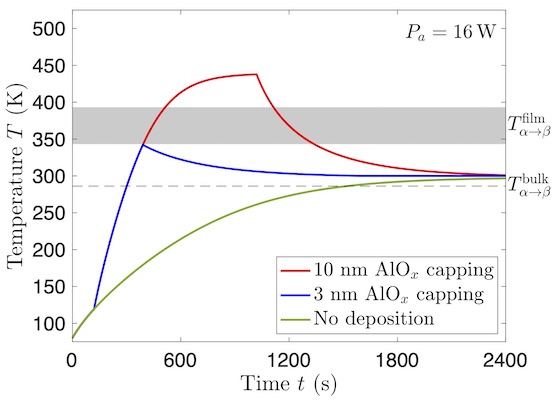Nicolas Barros, Stephen Whitelam, Sergio Ciliberto and Ludovic Bellon, Phys. Rev. E 111, 044114 (2025)
[article] doi: 10.1103/PhysRevE.111.044114
[dataset] doi: 10.5281/zenodo.13829199
We apply evolutionary reinforcement learning to a simulation model in order to identify efficient time-dependent erasure protocols for a physical realization of a one-bit memory by an underdamped mechanical cantilever. We show that these protocols, when applied to the cantilever in the laboratory, are considerably more efficient than our best hand-designed protocols. The learned protocols allow reliable high-speed erasure by minimizing the heating of the memory during the operation. More generally, the combination of methods used here opens the door to the rational design of efficient protocols for a variety of physics applications.
